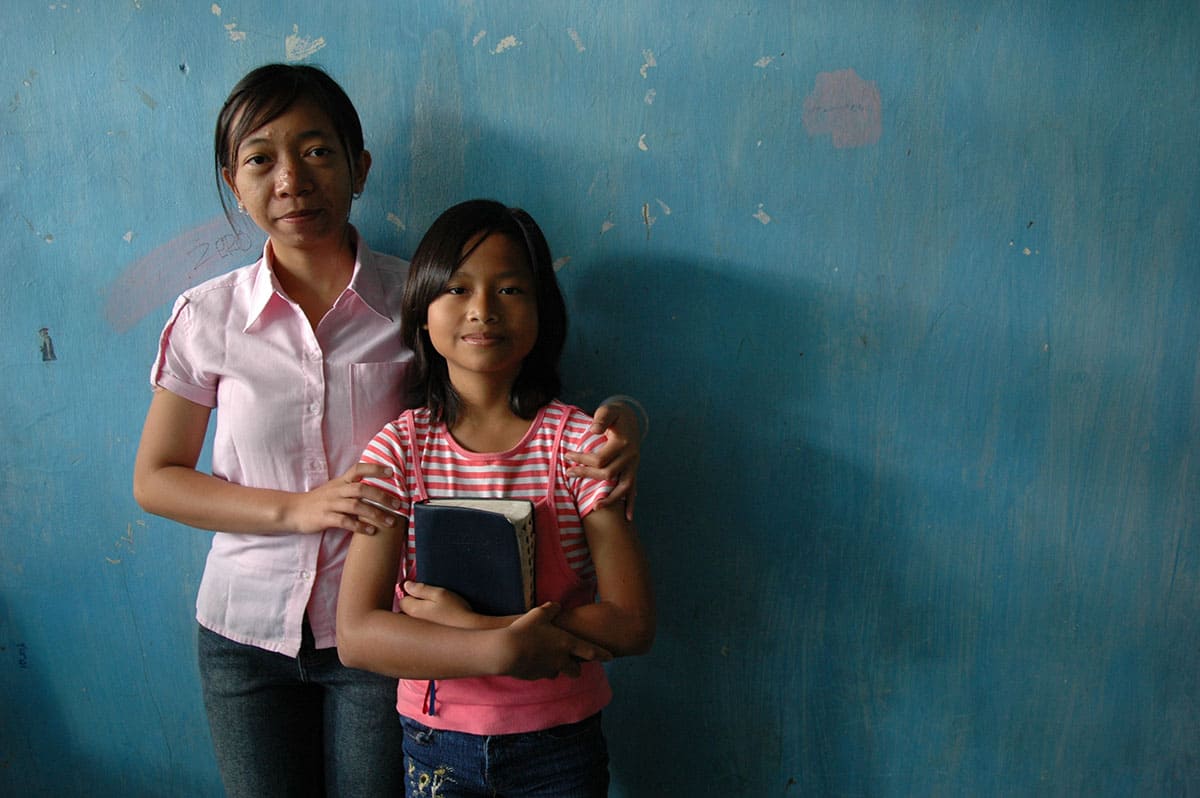There are many wonderful things that we can do to help the poor. Providing clean drinking water prevents millions of deaths per year. Mosquito nets are inexpensive and have reduced malaria related deaths by 20%.
But what about child sponsorship? How does child sponsorship stack up against these and other ways to help the poor? Economics professor, Bruce Wydick reveals the answer to this question in his recent research findings in Christianity Today.

So what are the best ways to help the poor in developing countries?
To answer this question, I polled top development economists who specialize in analyzing development programs. I asked them to rate, from 0 to 10, some of the most common poverty interventions to which ordinary people donate their money, in terms of impact and cost-effectiveness per donated dollar. …
Of all the long-term development interventions, child sponsorship received the highest rating. Sponsors typically pay $25 to $40 per month, which covers a child’s educational fees, school uniforms, tutoring, health care, and, in faith-based sponsorship organizations, spiritual mentorship. Many development economists today favor interventions like child sponsorship that remove practical constraints to education while building a child’s self-esteem, aspirations and goals. In this way, sponsorship relieves both external and internal poverty constraints.







4 Comments |Add a comment
Good to hear that economists agree with what sponsors have long known – child sponsorship really does work!
I remember teaching in one project in Bolivia and some people came in that were studying Compassion in a number of countries. They weren’t Christians and they didn’t see the result of Christ in the children’s lives. But they said that the reason that Compassion was effective was because the children get exposed to other ways of life. So it enlarges the children’s view of the world. For instance in the past they might only know of adults that are having low paying jobs and what poverty is like, but when they get involved into the Compassion program, they now get exposed to people that might be accountants, or other higher paying jobs. Thus they might come to the conclusion that they can do that too and set their aspirations higher. Now, they totally ignored the fact that the child might have gotten saved and passed from death to life in the process. It was interesting talking with them though. They kept to themselves. I.e. they didn’t seem to really get involved with the project. They did a study. Then I remember being with them in the bus back to Cochabamba.
Oh wow, this is great. From the article:
“Two researchers and I recently carried out a study (sponsored by the U.S. Agency for International Development) on the long-term impacts of Compassion International’s child sponsorship program. The study, gathering data from over 10,000 individuals in six countries, found substantial impact on adult life outcomes for children who were sponsored through Compassion’s program during the 1980s and ’90s. We statistically compared formerly sponsored children to older siblings who were too old for sponsorship when the program started in their village. In adulthood, formerly sponsored children were far more likely to complete secondary school and had a much higher chance of having a white-collar job. They married and had children later in life, were more likely to be church and community leaders, were less likely to live in a home with a dirt floor and more likely to live in a home with electricity.”
LOVE the measureable outcomes. I can’t wait to read the full report once it’s been peer-reviewed.